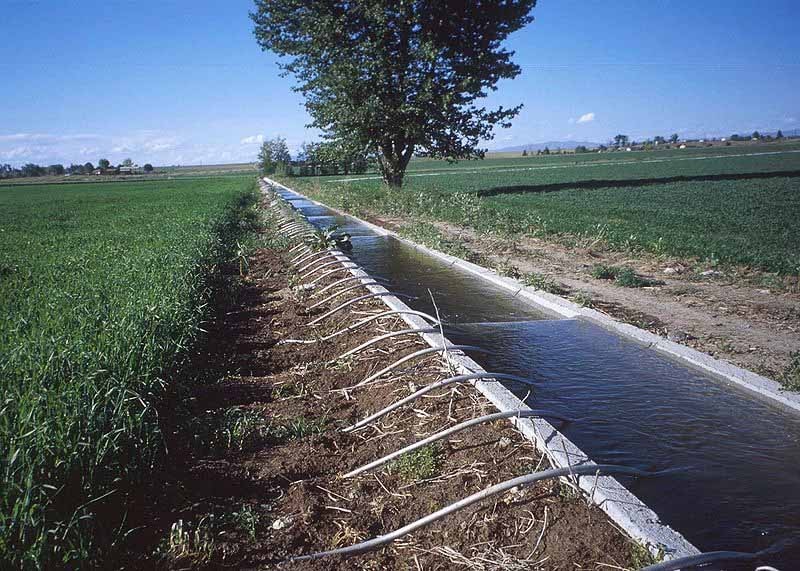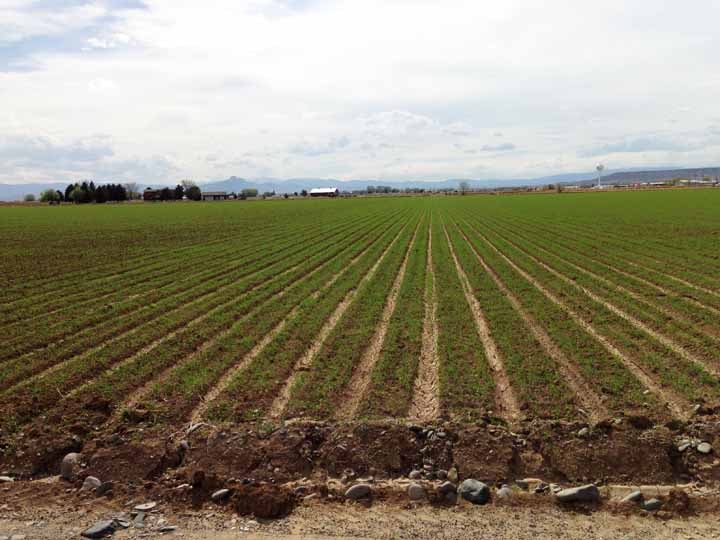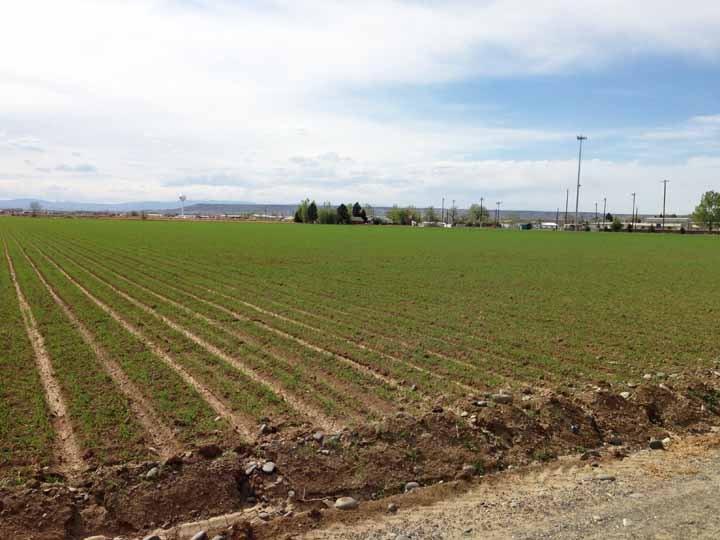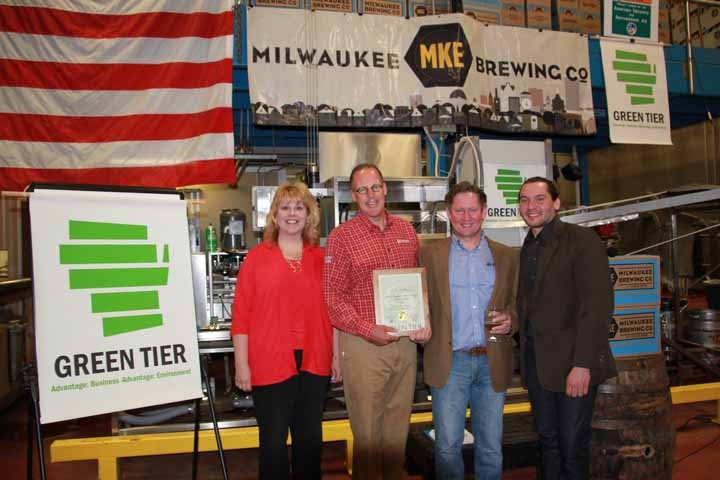As this picture taken last week illustrates, another barley growing season is well underway in the Wyoming-Southern Montana Barley Growing Region where Briess recently purchased a barley handling and processing facility.
However, a good portion of the 6-Row producing Northern Great Plains States are far behind in planting their malting barley as compared to last year and the 5-year average, due to an unusually cold, snowy and wet spring. History tells us that a significantly late start to planting generally results in lower yields and lower overall quality and selection rate of the crop.
Fortunately, our 2-Row growers in the Bighorn Basin and surrounding areas were able to get their barley in the ground nearly right on time. Up until last week we were getting a bit concerned in some of the areas due to a lack of normal rainfall, a shortage in a few irrigation districts, and a couple of frost events that slowed down growth progress. But those concerns abruptly ended when nearly the entire area received 1-2 inches of welcome rainfall and some nice above normal temperatures.
In addition, the surrounding mountains received some good snowfalls that will help replensish the irrigation districts that were short. This event was helpful in two ways—it substantially helped the small percentage of dryland growers and will reduce the overall amount of irrigation water needed for irrigated fields. Growers affectionately refer to these timely moisture events as “million dollar rains”, as they can help out a great deal when it comes to final yields. While we are still a long ways away from harvest, the Wyoming-Southern Montana Barley Growing Region appears to be on track for a normal harvest and yield.
In this picture, notice the irrigation canal and the furrows running through the field. The growers run a plow down the field after they seed it to create these irrigation water furrows. This process is called corrugation. When irrigation is required, gates are opened at the main irrigation channel that allow water to flow into the irrigation canal in the front. Siphon tubes are placed into the channel and draw the water into the furrows or corrugations. Any excess water is then recaptured and used on the next field.

This flood irrigation system is very unique in that the irrigation water never comes in contact with the leaf canopy or the barley heads. This is in contrast to traditional “pivot” irrigation systems where a machine runs through the field and sprays water from above onto the plants and the ground. Keeping the water off of the barley plants reduces the potential for foliar (leaf) disease development, and keeping the heads dry substantially reduces any staining of the kernels caused by field molds or blight. The end result of this unique flood irrigation process is a high percentage of very healthy barley stands and kernels so bright and white that you need your sunglasses on to look at them!
With a good barley growing season, this 2-Row barley will be destined for a Briess malthouse where it could be malted into a variety of malts. For example, our newest malt, Goldpils® Vienna Malt, is made from Bighorn Basin barley.




